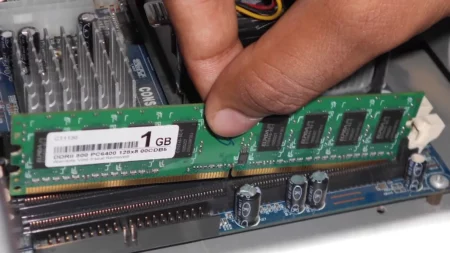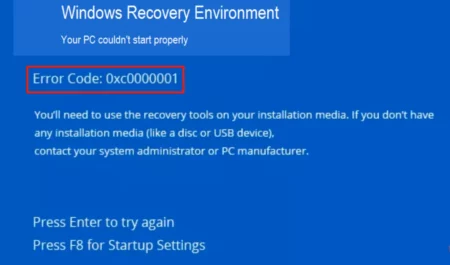Heatsinks are the best tools to eliminate heating hazards and keep the device components calm and steady. It is a gradual process of transferring heat from the source location to the outside of the device. A heat dissipation system is needed for any PC, and a heatsink is a huge consideration to complete it. What is the purpose of a heatsink? It is a question that has multiple answers, but the one that gets you max coverage is an anti-heating agent in your PC.
When you try to run any device at the optimum level, the device will surely consume more energy, generating heat inside the mechanism. If this continues for a long, the heat accumulates and can cost you a whole PC. So, before you get severe setbacks from overheating, you need a solid fighter to withstand all the heating effects. Let’s dive into the details below to learn all its functionality, with pros, cons, and outlines.
What is Heatsink in a Computer?
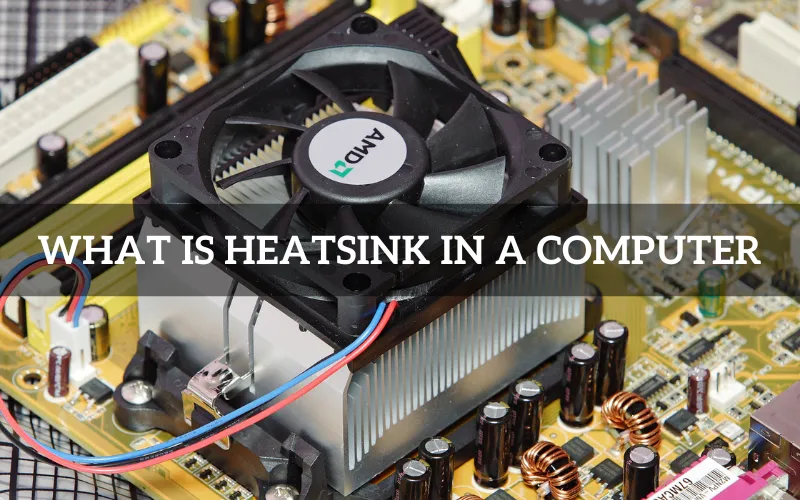
It is a device that absorbs or tosses out overheating that can cause malfunction to the CPU. If it is about what is a heat sink in a computer, you landed on the right page to know what you need. In computers, the CPU is one of the most sensitive parts and plays a significant role in all the processes inside your PC. However, when you run the PC at its optimum level and try to get the max outcomes, most PCs get heated at this point.
Here comes the heatsink and gets your PC a cover from potential heating threats. Hot devices can burst anytime if the required remedies are not taken timely, and a heatsink is a tool that helps you in the best way possible. Multiple types of heatsinks come with PCs, and you need to choose the one that can tackle the heating hazards quickly and precisely. So, this article will produce all the pertinent information before selecting a heatsink.
Types of Heatsink
There are usually three types of heatsinks that come into discussion, and these are active, passive, and hybrid. Each one has a unique set of specs with features and delivery modes. Let’s explore in detail what they do for your PC.
1) Active Heatsinks
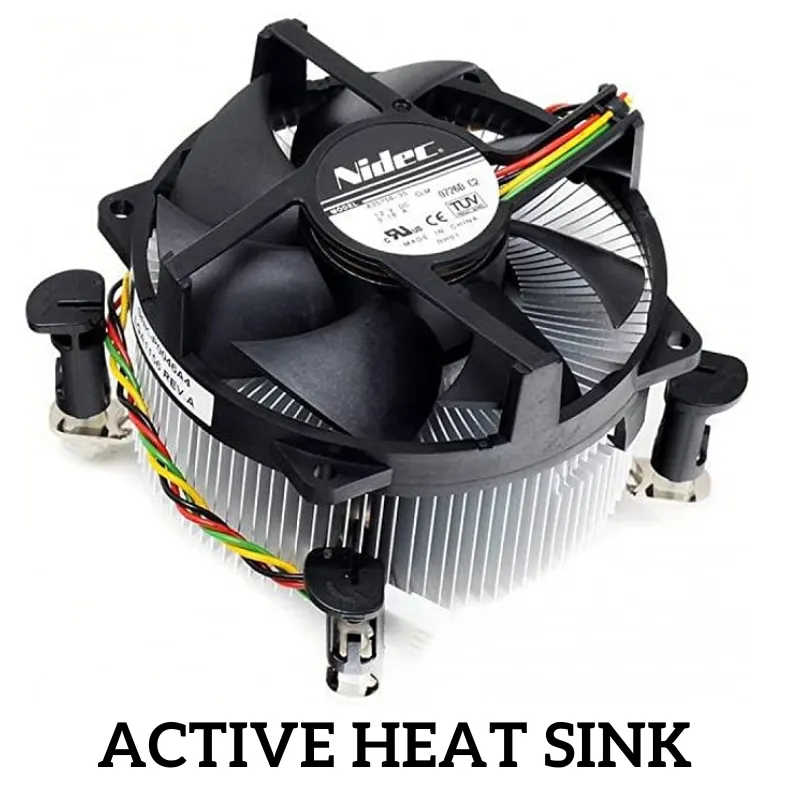
Active heatsinks depend on the physical applications of the modes, and it works with multiple objects such as fans, blower, and the physical movement of the device. The primary purpose of the physical existence of these objects is to rotate the air to get it off the hot area. An active-liquid heat sink is also a source of getting rid of heat.
When you start running applications and get multiple tasks on board, the components, such as the motherboard and processor, start getting heated. Now the physical solutions with active cooling mode help your pc to disperse the heat and distract it from accumulating in one place. The moment heat accumulates, and it doesn’t get a way to move, you need to be worried. It can cost you a whole CPU or any other component.
2) Passive Heatsinks
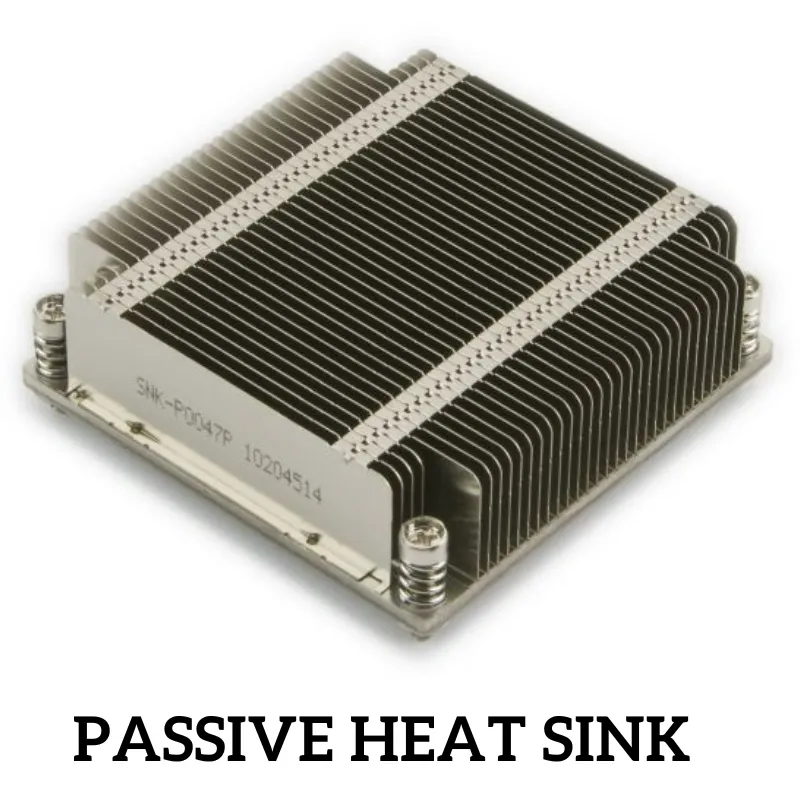
Passive heat sinks are the conventional methods, and no extra power is required to get them on board. It is not a popular method in the market, and users prefer to use active cooling techniques. It gets more space to give room to the components for air relief in heat-tight situations. It works, but it needs to be better.
3) Hybrid Heatsinks
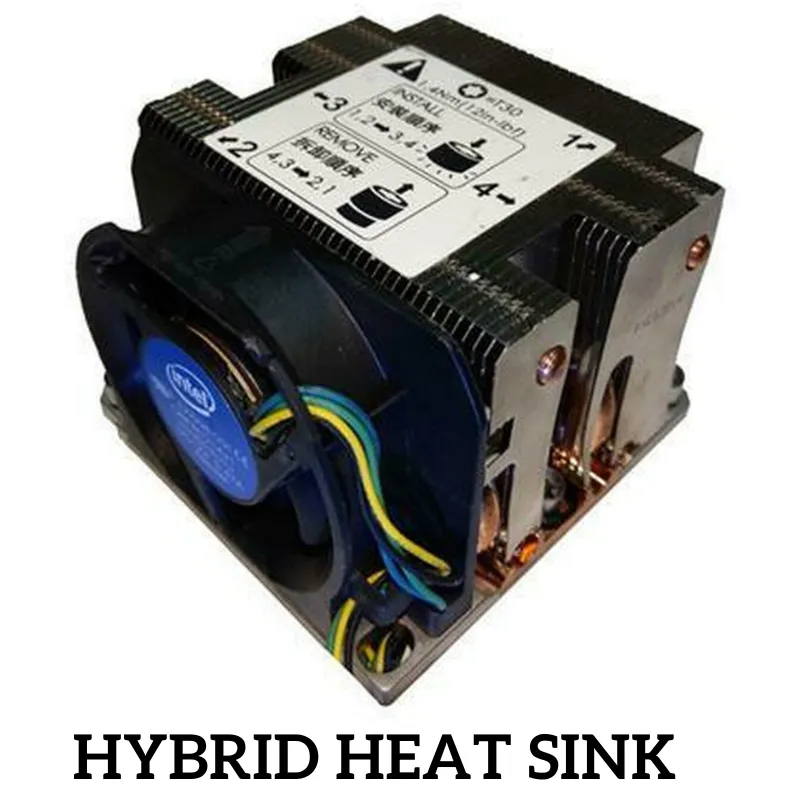
The hybrid heatsinks are a mixture of both passive and active heatsinks. You won’t find these heatsinks in common usage. It doesn’t constantly run while using a PC and keeps the cooling system off during normal usage. However, it engages the cooling agents when things get heated, and you run multiple applications to complete numerous tasks simultaneously.
If we look at the application and outcomes, this one is better than passive heatsinks. However, active heat sinks are more popular, practical, and better to rely on while using the PC at the optimum degree.
Purpose of Heatsink in Motherboard
Your CPU can be your dinner tonight if you still need a proper heat sink setup. Overheating can make it burn or try it anytime if the heat doesn’t get a way out, and a heatsink plays this role. It provides your PC with gadgets to deal with heating hazards.
The purpose of heat sink in motherboard is apparent. It soaks the heat and doesn’t collect or store it but disperses it to minimize its effects. What is the Purpose of Heatsink? I hope you got the answer to this question in detail. I’ll give you my final thoughts to get a precise and experienced opinion.
How Does a Heat Sink Work?
The heat sink is a component that works closely with the heating corners, and it disperses the heat to minimize its effects on the CPU and other components. When it comes to; what does heatsink do? It releases heat from the device. It moves the heat all over the surface to make it cool, and if using a fan, the hot air will go out of the device.
Heatsink for the processor is inevitable. A processor is the backbone of any PC and says a crucial role in processing. While working with multiple tasks at once, it generates heat, which is not suitable for the health of the processor if it accumulates. So, a heatsink for the processor comes to the field to get it out.
The heatsink is entirely safe, and there is nothing that you need to worry about. However, before you choose active, passive, or hybrid, you must ensure your PC needs. However, most users prefer to use an active heat sink, and it is undoubtedly the best one of all these. It provides reliable outcomes by keeping your CPU and other components in a safe environment.
The topic I covered was all about what is the Purpose of Heatsink? I didn’t restrict the answer to its purpose, but I got you a cover for its types, working, and usage. The heatsink is no less than a blessing for those who use their PCs at the optimum level and get the max out of them. While working on the highest level, the PC produces a lot of heat, and the CPU can burst anytime if you ignore the heat sink. Out of all other types, the active heatsink is the one that dominates. It is most common and widely acceptable for all kinds of PCs.
Final Thoughts


